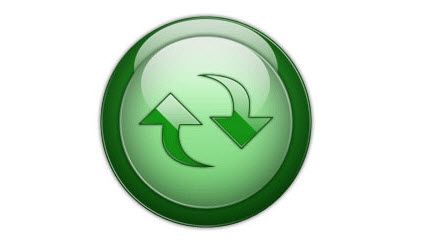Tesla’s adding non-Superchargers to its navigation in Europe and Israel
Non-Tesla fast charging stations that meet certain criteria over a 60-day period, like an excellent charge success rate, could be whitelisted as what the company calls a “Qualified Third-Party Charger.” Once designated by Tesla, the station would thereby be bestowed as such into Tesla’s built-in navigation system.
The program is first set to roll out in Europe and Israel, regions where many Teslas and Superchargers share the same CCS2 charging ports that other electric car manufacturers use. This is due to strong pro-consumer laws set by Europe that force standardization in technology (even forcing the big guys like Apple to finally give up on Lightning). In North America, this isn’t the case, as Tesla has long used its own proprietary plug and is even looking to push it as a competing standard.
So that makes the first requirement easy for stations in the starting regions to get Tesla’s blessings: they need to have at least one compatible charging connector for Tesla vehicles. Next, based on data from Tesla drivers, the station needs to be used at least once every four days. Finally, the average charge success rate needs to be 90 percent or higher.
This could be great news for Tesla owners that frequently pass by non-Tesla fast charging stations, as the car could potentially suggest more options for a route and perhaps even precondition (warm-up) the battery en route to maximize charging speeds there. It may also help ease high-usage Tesla Supercharger stations that frequently have lines of people waiting to get a charge.
Tesla can taketh the qualified status away, too, it warns. Should the charging stations have no session activity or have a charge success rate that’s fallen below 70 percent over a 14-day period, then it will lose the Qualified Third-Party Charger status. And for Tesla owners, it helps maintain Tesla as an authority on what charging stations are worth their time.


